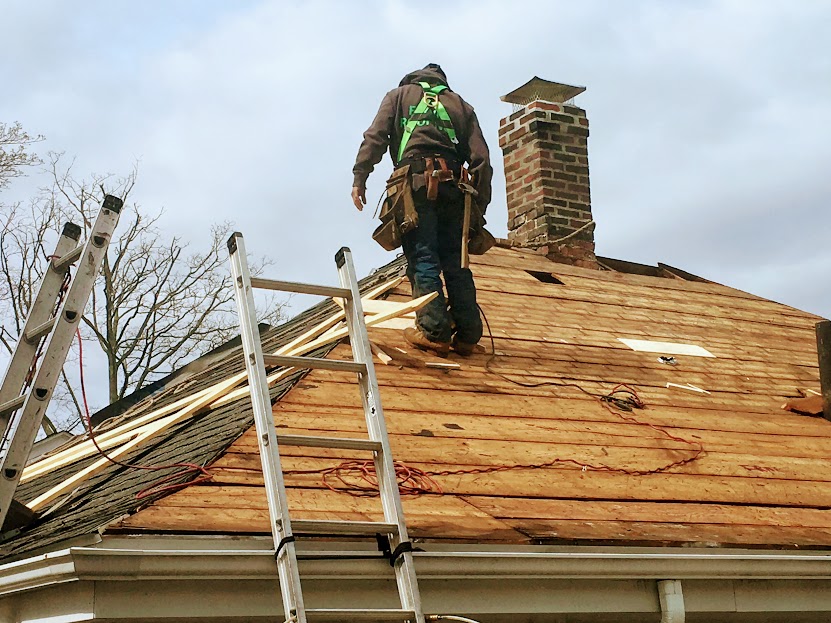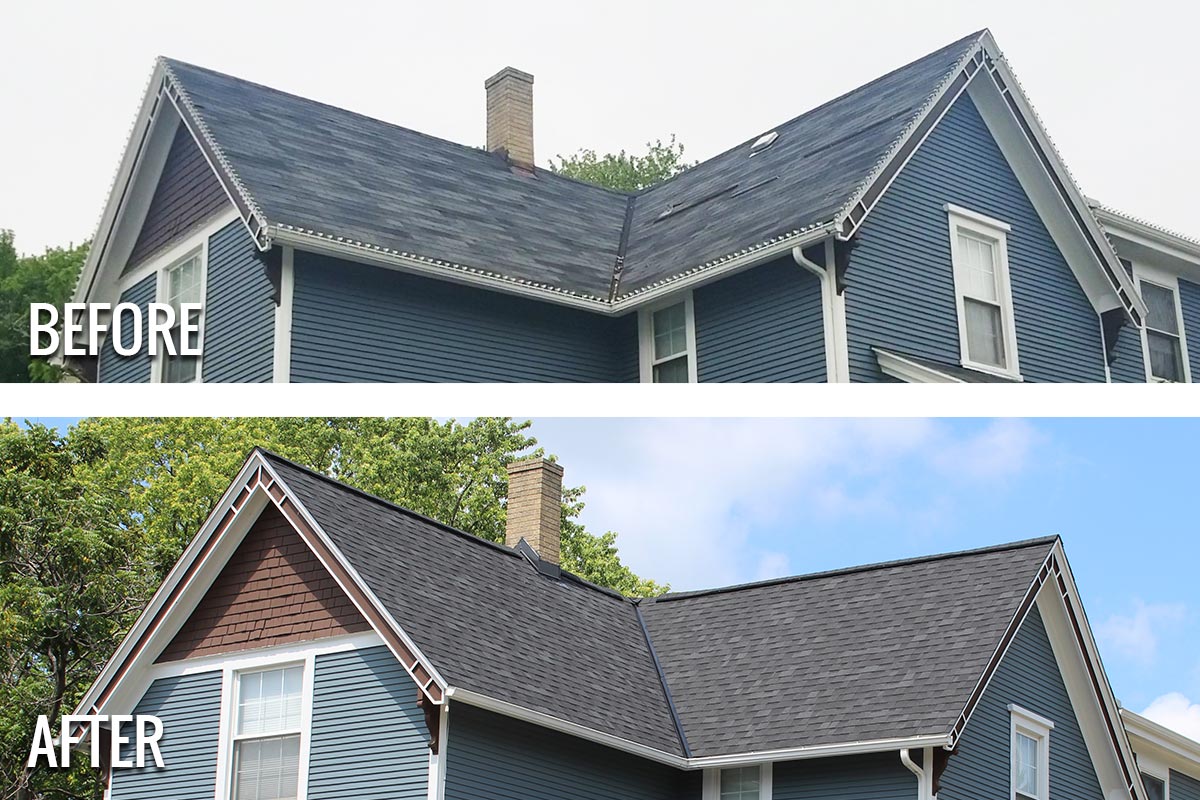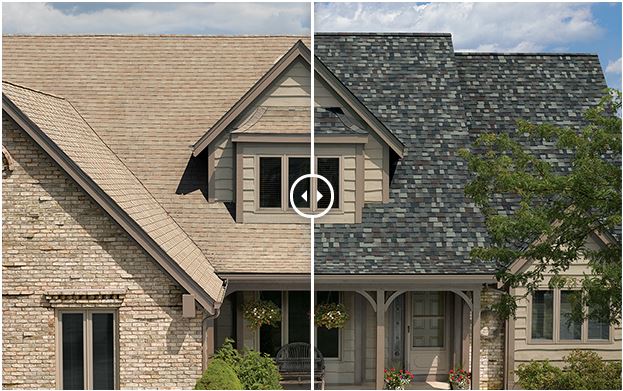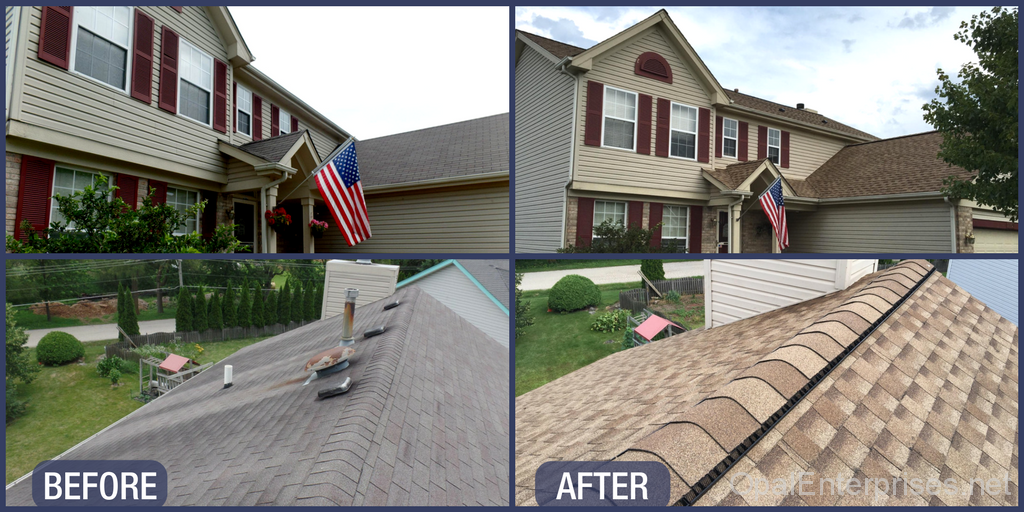
When it comes to your roofing needs, you definitely can’t afford to take any chances. This is exactly why you need to make sure your roofer is professionally licensed. With many years of experience, and happy customers,
Frontline Roofing has experience in all the matters related to your roofing, all at an affordable rate.
Whether it’s repairing your roof shingles or installing a full replacement, our team of technicians will help you resolve any of your roofing tasks with ease. As a matter of fact, we have also ensured that our prices are well within your reach. All these factors make us the best option in Southern California.
Just give us a call at 888 612-2003 and get in touch with Southern California’s most reliable roofing contractor.
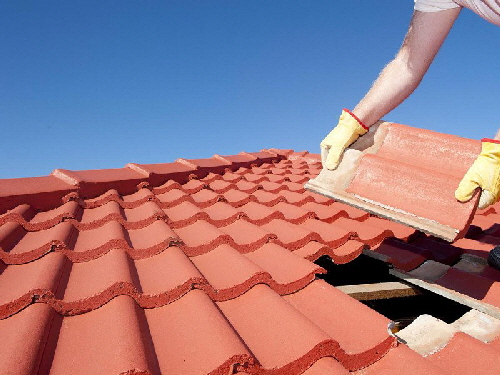






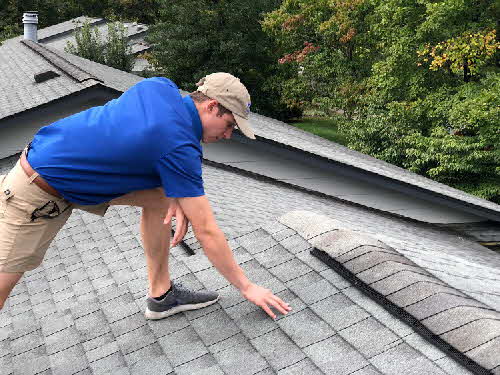
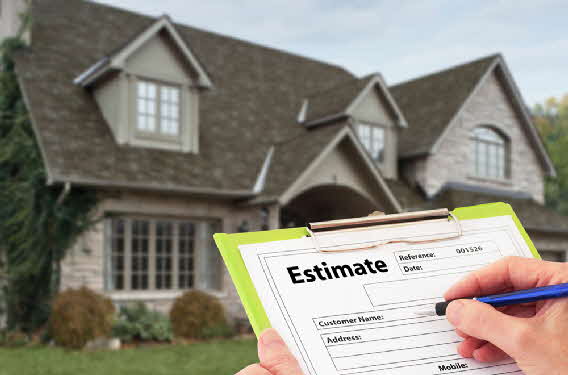
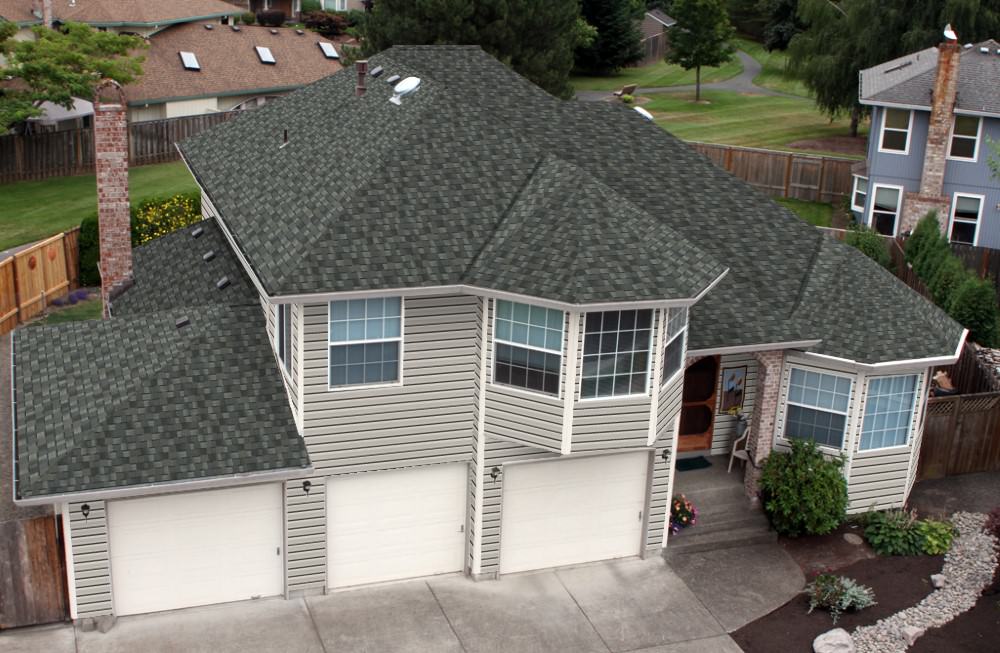

At Frontline Roofing, we specialize in many different types of roofing. We use cool roofing systems that will effectively help lower your energy bills. In effect, this will keeping your attic cooler and even increase the life cycle of your roof. Cool roofing is a type of material we use in our roofing system that delivers higher solar energy reflectance. Since more sunlight is being reflected off the material of the cool roof, less heat is being absorbed, therefore requiring less energy to cool down the house. This type of roofing helps to reduce summer electricity costs. Cool roofing systems also help reduce roof maintenance and replacement costs by increasing the lifespan of the roof.



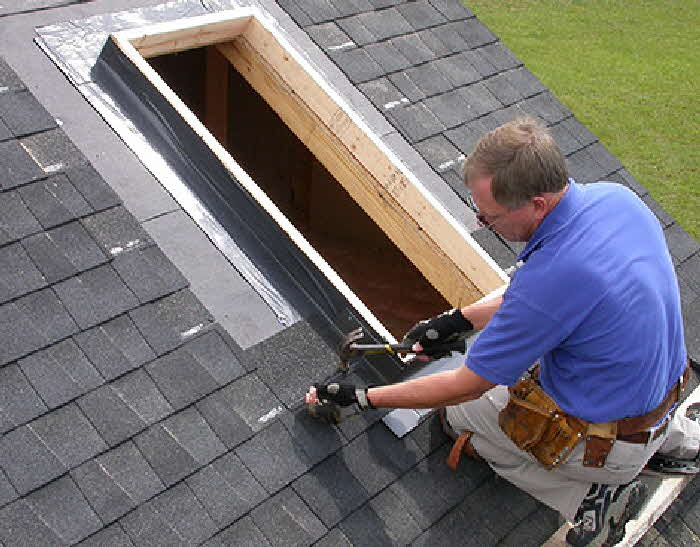



Shingle Roofs
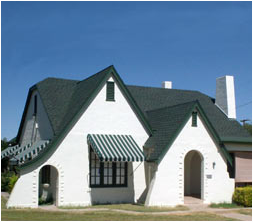
These shingles are made of a base (organic or fiberglass) that is saturated with asphalt and coated with minerals on one side to resist weathering. Fiberglass shingles are more flexible and stronger than organic shingles. Shingles come in a wide-variety of styles, quality, and colors. Shingle roofs can be overlayed with a new roof, if the initial roof is a single layer (3-tab shingle) and in good condition. The life expectancy of composition shingles depends on the rating and ranges from 20 to 50 years. Most manufacturers will cover a composition roof under warranty, but only if it has been installed by a certified roofer.
THE THREE TYPES OF SHINGLES
3-Tab
Outstanding performance, classic detailing and traditional appeal.
GOOD
Dimensional (Architectural)
Thicker shingles, adding texture, color variance and shadows to the roof surface.
BETTER
Designer/Specialty
BEST
Offers variety of colors, thickness and shape to provide a custom finish to prestigious homes and properties.
Green Roofing
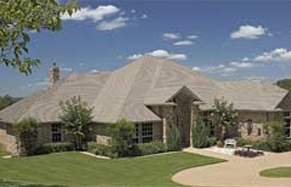
Frontline Roofing is proud and happy to go Green. Some decisions come easier than others; offering green alternatives was an easy decision for us. As a matter of fact, you will be pleasantly surprised to find many of the products and systems we have been offering for years are already Green!
BENEFITS OF A COOL ROOF
- Cool roofs can stay 50°F to 100°F cooler in the hot sun.
- Reduce energy costs.
- Improve internal comfort.
- Help reduce the ”heat island” effect.
PRIMARY ELEMENTS OF ENERGY EFFICIENT ROOFING
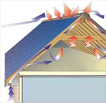
Ventilation
“
Possibly the most important factor and least expensive to achieve more efficiency is proper ventilation. This allows continuous airflow in attics, which can reach an excess of 160°F or more. GAF estimates 9 out of 10 homes do not have adequate ventilation (2007).
The rule of thumb is for every 300 sq. ft. of attics space; you need 1 sq. ft. of ventilation (equal mix of intake and exhaust).
For as little as a few hundred dollars, you can even retro-fit your existing roof and add vents while you watch your electric bill go down.
Ask you estimator about options.
Energy Star Rated Roofing Materials ā€“
Energy Star specifies a reflectivity rating for many low slope and steep slope products. The following guidelines are for all roof types in general (even those not covered by the tax credit):
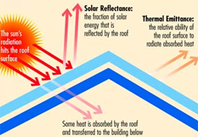
Color
Generally speaking, lighter colors reflect sunlight while darker colors absorb sunlight. The lighter the roof material, the higher the reflectivity.
However, many manufacturer products are well within and some above the Energy Star spec for high reflectivity including colors that have been popular for years.
Check with your estimator for the list of colors and reflectivity ratings provided by the CRRC.
Organizations and Other Energy Efficient Roofing Resources
- The Cool Roof Rating Council (CRRC) An independent, non-profit organization that maintains a third-party rating system for properties of roof surfacing materials.
- Energy Services Coalition (ESC) Promotes best practices in the operation of statewide Energy Savings Performance Contracting programs.
- Energy Star A joint program of the U.S. Environmental Protection Agency and the U.S. Department of Energy helping us all save money and protect the environment through energy efficient products and practices.
- Southwest Energy Efficient Project (SWEEP) A public interest organization promoting greater energy efficiency in Arizona, Colorado, Nevada, New Mexico, Utah, and Wyoming.
- US Green Building Council (LEED ā€“ Leadership in Environmental and Energy Design) A 501(c)(3) non-profit community of leaders working to make green buildings available to everyone within a generation.
Energy Efficient Products
Frontline Roofing provides many options of product by qualified manufacturers that are Energy Star partners such as: GAF/Elk, Tamko, Malarkey, CertainTeed, Owens Corning and Pro-Tech Foam.
The list of qualified items is continually evolving. Check with your Frontline Roofing estimator or the manufacturers’ websites directly to see the updated products.
Tax benefits through government programs are constantly changing. It is best to check with your tax professional for the most current details. The good news is that even if your new roof does not qualify for a credit, you can still save with an Energy Star rated product! Visit www.energystar.gov and click the Tax Credits for Energy Efficiency button on the bottom left for more information.
Flat Roofs

Flat roofs, also known as low slope roofing systems, are not entirely flat. They may look horizontal or nearly horizontal, but they usually have a slight slope of about 10 degrees to allow water to drain off.
Flat roofs have been around for centuries and the old technology of using asphalt compounds to deflect water was being used until thirty years ago. New technologies minimize the use of asphalt where possible and also provide insulation properties, as well as waterproofing.
Benefits of flat roofs are that they are more accessible making it easier to inspect, maintain and clean. With a properly maintained flat roof, you can extend the longevity of your entire roofing system.
Flat roofs can potentially increase the insulation value of your home. Foam roofing systems, for example, have an inherent insulating value that can reduce your cooling costs and help the environment by reducing the heat reflected off your roof.
Proper drainage, usually in the form of scuppers, are essential for proper maintenance of your flat roof. Without proper drainage, your flat roof can pond water and debris, which accelerate the breakdown of your roofing materials. This can void your manufacturer’s warranty and significantly reduce the life of your roofing system. Check with our Restoration Service Department for our Roof Tune-Up specials run throughout the year.
COMPONENTS OF PITCHED ROOFING SYSTEMS
Roof covering
- Modified
- Foam
Additional Roof Protection
In addition to your roof covering, a protective waterproof coating will protect your roof investment and provide a longer life to your flat roofing system. Coatings come in many varieties, colors, and applications ranging from 5-10 years of protection. Coatings are a standard component of your flat foam roof systems, but can also be used in a number of roofing systems, such as modified. Coatings must be reapplied, and maintained properly to protect the roofing materials on your home. Check with your Trademark Restoration Representative for information on your specific roofing system.
Roof Decking
Your roof deck provides the foundation for your roofing materials. The decking is sheets of wood (generally OSB or plywood) that are secured to the rafters of your home.
In some cases the decking may need to be replaced if its integrity has been compromised, usually due to age and normal wear and tear. There are many reasons this can occur including; inadequate attachment of existing panels, sagging or ridging between supports, soft and wet panels, mold/mildew growth at panels, or delamination. You may be able to identify bad decking by simply walking on it or by looking at the underneath of your decking (if you can see it from your attic). Very often however, you cannot determine the condition of your decking until your existing roof covering is removed. Your Frontline Roofing superintendent will advise you during the re-roofing process the condition of your decking and what options are available.
Frontline Roofing uses only quality roofing materials, installed to manufacturer’s specifications. This provides you with not only a roof that will protect your home and family, but quality workmanship protecting one of your most valuable assets.
Parapet Walls
Parapet walls are the protective walls typically surrounding your flat roof. They can extend up just inches or can be 10 feet tall.



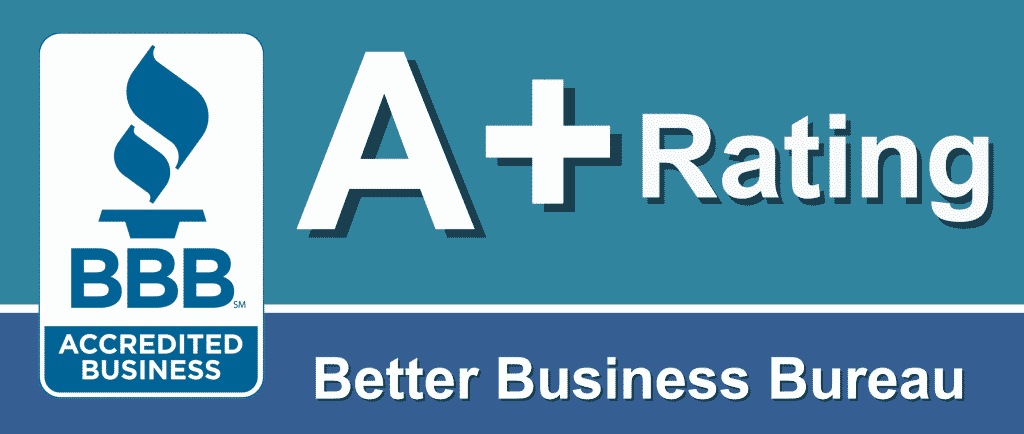
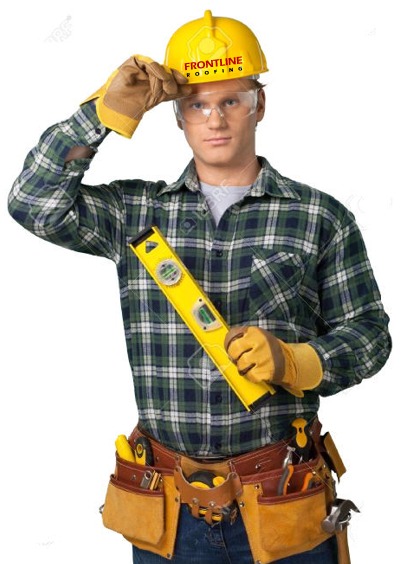
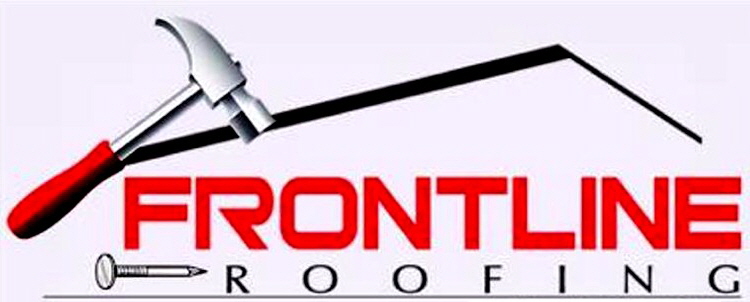
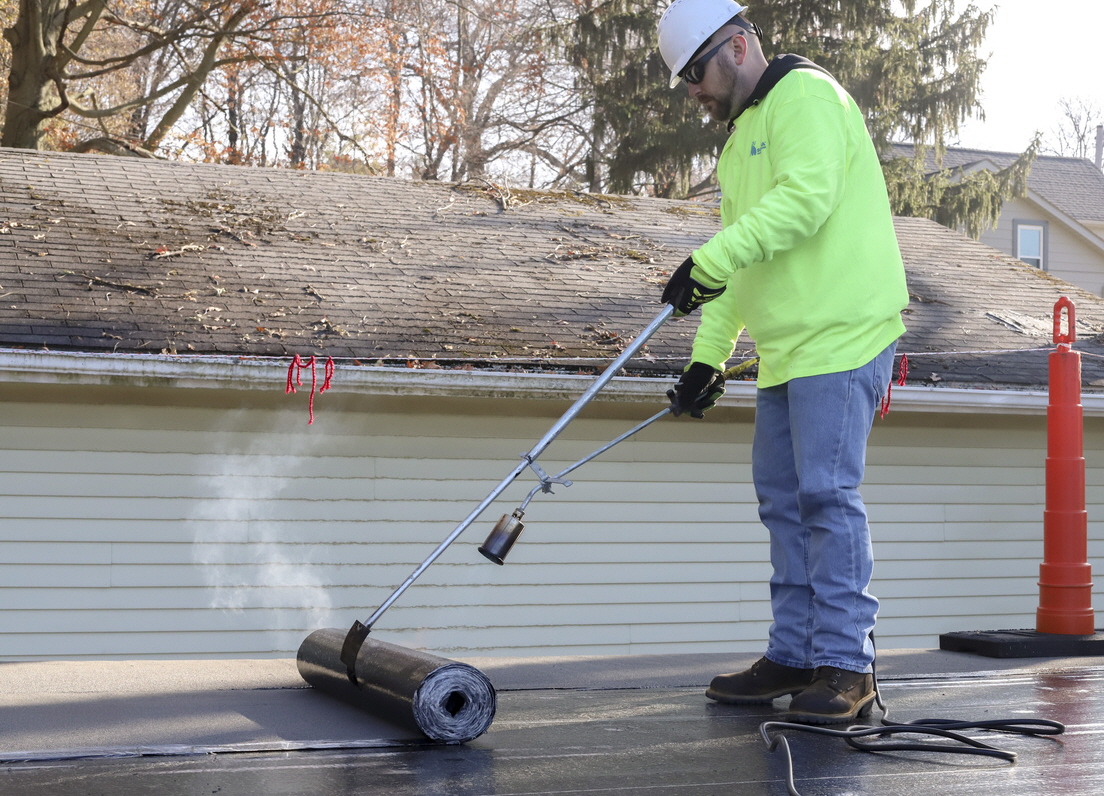
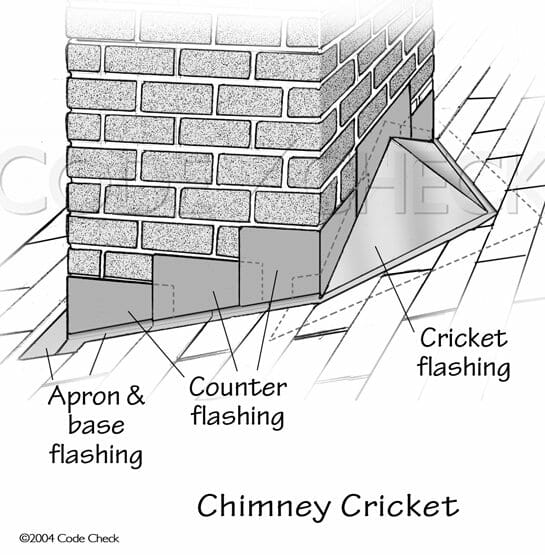


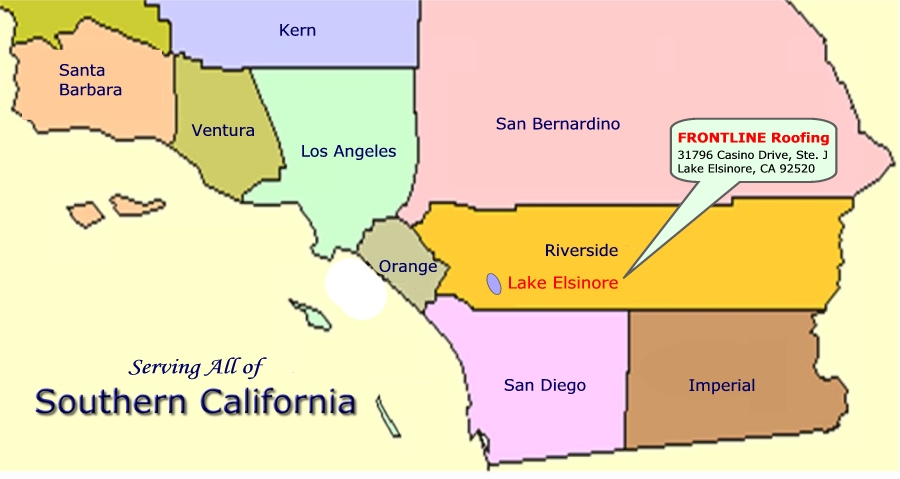
Only 4% of roofing contractors in California have qualified to become a preferred contractor, where ALL Owens Corning products are permitted to be installed with a 50-year 100% roof warranty..
Pitched Roofs
Green Home Builders understands that a quality roof is more than just a new roof covering; it is an interdependent system of components. Each component of a roofing system requires careful attention to quality and installation in order to honor the customer’s investment, as well as manufacturer warranties.
Major Components of a Pitched Roofing System
- Roof covering
- Shingle
- Tile or Slate
- Cedar Shake
UNDERLAYMENT (FELT)
Originally used for temporary protection against the elements, the roof underlayment is now a necessary part of your roof system. The underlayment provides an essential layer of protection on top of the decking to help keep moisture out. It is necessary for your manufacturer’s warrantee meet building codes.
There are a number of options in type, quality, and the number of layers you choose for your underlayment. Your Green Home Builder representative will assist in helping you choose the best options for your home and budget.
ROOF DECK PROTECTION
Your roof deck provides the foundation for your roofing materials. The decking is sheets of wood (generally OSB or plywood) that are secured to the rafters of your home.
In some cases the decking may need to be replaced if its integrity has been compromised, usually due to age and normal wear and tear. There are many reasons this can occur including; inadequate attachment of existing panels, sagging or ridging between supports, soft and wet panels, mold/mildew growth at panels, or delamination. You may be able to identify bad decking by simply walking on it or by looking at the underneath of your decking (if you can see it from your attic). Very often however, you cannot determine the condition of your decking until your existing roof covering is removed. Your Frontline Roofing superintendent will advise you during the re-roofing process the condition of your decking and what options are available.
Frontline Roofing uses only quality roofing materials, installed to the manufacturer’s specifications. This provides you with not only a roof that will protect your home and family, but quality workmanship protecting one of your most valuable assets.
LEAK BARRIERS
Add extra protection (optional) in valleys and at eavs and rake edges of the most leak-prone areas of the roof. Extra protection is strongly recommended for chronic problem areas like skylights, dormers, vent pipes, chimneys, and other flashing areas add another layer of protection.
Shake Roofs
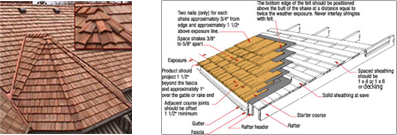
Frontline Roofing is your # 1 choice for Split Cedar Shake Roof installation (where legal). Wood shingles and shakes have long been favored as roofing materials because they are attractive, durable, and provide good insulation from heat and cold. Cedar shakes combine a traditional look with reliable, modern performance. They are a great choice for historic homes or homes in new developments with high appearance-standards. Also, cedar shakes are an environmentally friendly option for consumers. The life expectancy of cedar shakes is up to 30 years, if quality materials are used.
New technology in Split Cedar Shake allows this beautiful product to be durable and fire retardant as well.
SHAKE AND SHINGLE STYLE OPTIONS

This type of smooth-sawn architecturally uniform cedar shingle is preferred for its natural and tailored appearance and is used on traditional and modern residential and non-residential structures.
CEDAR SHINGLES

Permanent Fire protection is provided by pressure impregnating fire retardant polymers into the innermost cells of cedar shakes for class C or B shake and shingle roof systems and class A shake roof systems.
HANDSPLIT AND RESAWN SHAKES
Permanent Fire protection is provided by pressure impregnating fire retardant polymers into the innermost cells of cedar shakes for class C or B shake and shingle roof systems and class A shake roof systems.
The following are the various residential roofing options we install accompanied by the features, benefits, advantages and disadvantages that each roof type offers.
Asphalt Shingles
- Owens Corning
- GAF materials Corporation
- Certainteed
Asphalt Shingles Specifications
- Fire Safety: Good
- Weight: 2.5-4.5 Lbs./Sq. Ft.
- Wind: 54-64 MPH
- Earthquake Safety: Good
- Maintenance: Tends to curl, loss of color/stones
- Appearance: Flat, shingle profile
- Walkability: Good
- Warranty: 20 to 50 Years (Some Transferable)
- Life Expectancy: 20 to 50 Years
- Major Benefit: Inexpensive
Concrete / Clay Tile Types
- Boral
- Eagle
- Auburn Tile
- US Tile
- MCA Clay Tile
- Redland Clay Tile
Standard Weight Concrete and Clay Tile Roofs
- Fire Safety: Good
- Weight: 9-12 Lbs./Sq. Ft.
- Wind: N/A
- Earthquake Safety: Poor
- Maintenance: Breaks, Moss
- Appearance: Tile or Shake
- Walkability: Good
- Warranty: 50 Years/Transferrable
- Life Expectancy: 50 + Years
Major Benefit: Appearance
Lightweight Concrete and Clay Tile Roofs
- Fire Safety: Good Weight: 5-8 Lbs./Sq. Ft. (Possible reinforcement Required)
- Wind: N/A
- Earthquake Safety: Poor
- Maintenance: Color Issues, Brittle
- Appearance: Tile or Shake
- Walkability: Poor
- Warranty: 50 Years/Transferable
- Life Expectancy: 25+ Years
- Major Benefit: Appearance




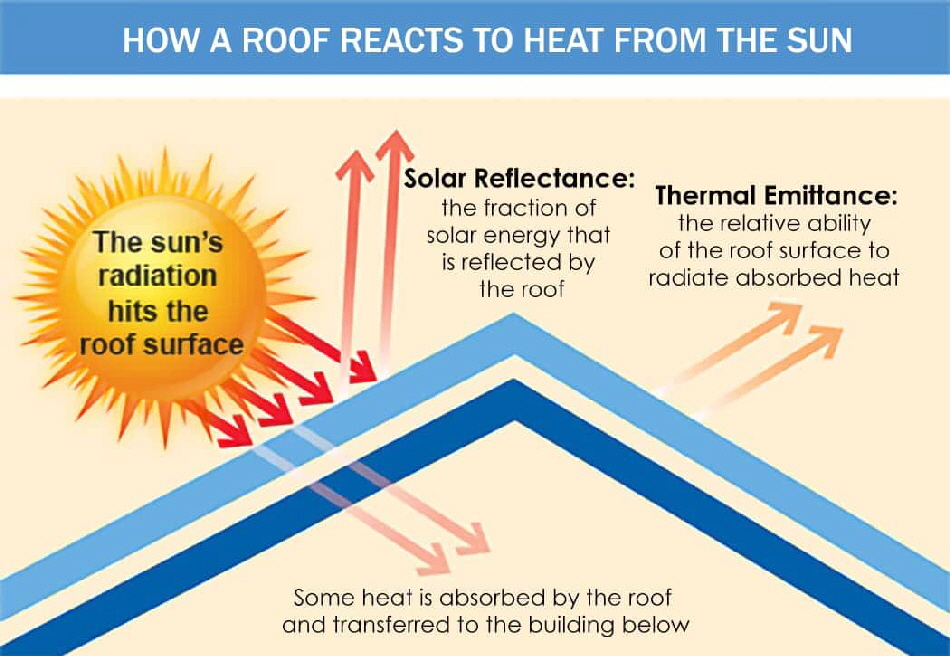
Tile Roofs
Tile roofing is beautiful, but not waterproof. Tile roofing is a watershed and a decorative roof covering. The actual waterproofing is provided by the underlayment, or felt paper installed underneath the tile. Some felt is organic, but all deteriorate over time. This usually takes 12 to 20 years, depending on several factors, and then the felt must be removed and replaced.
Sooner or later all tile roofs will undergo a tile R&R. In the mid to late 1980’s there was a glut of building and an abundance of substandard roofing felt imported from other countries was used as a tile roof underlayment for these roofs, both on commercial and residential applications.
As a result when a 12-15 year old tile roof starts to leak the tile has likely outlived the underlayment and is often a much bigger problem than is first thought. Often, it is a telltale sign that the felt is deteriorated and ruined. Delaying the complete replacement of the felt beneath the tile will only result in ongoing frustration for the occupants, not to mention the damage to the interior contents of the building.
Tiles are available in Clay, Sandcast, and Concrete Options.
CLAY TILE
There is a wide variety of tile in many styles, finishes, and colors. Clay tile is prepared by baking clay and molding it. Density is determined by the elements (time and temperature) that it is heated. Tiles may be glazed and also may have surface texture treatments applied. Installation methods differ and are determined based on the type of tile being installed; that is, whether it is two piece, one piece, interlocking or flat.
Clay tile is most often thought of in the traditional Spanish€¯ style but it can now be made in several other patterns as well. Tile is a very resilient material and is able to withstand some of the harshest elements such as hail, wind, and fire.
The one drawback to tile has been its weight; they have typically been very heavy and require certain structural standards for the frame and decking of the roof. However, many manufacturers are offering an increasingly larger option of light-weight tile, reducing the need for additional structural work. Tile in general has a great life expectancy, with a duration of up to 40 or 50 years. Tile roofs offer one of the longest warranties in the roofing industry.
SAND-CAST

Sand-cast tile is very unique tile made from all natural materials, mostly clay and sand. Its most appealing quality is the uniqueness that lies in the color variances which vary from batch to batch. Sandcast tiles can be machine made or handmade. The look tends to be rustic and will go well with many architectural styles, especially Southwestern and Mediterranean-style homes. The only down fall with a sandcast roof is that it can not be walked on because of the delicate nature of the tiles.
CONCRETE TILE
Concrete tile is made with Portland cement, sand, and water, then set in molds under high pressure. Color may be added to the surface of a tile or dispersed throughout (color through). Special texture may be added in surface treatment. In addition, each tile type may have separate field, ridge, hip, gable and terminal tiles that are various shapes.
Concrete tile has essentially all of the upsides of clay tile, but with the added advantage of being available in an even greater number of styles including traditional clay, slate, and even wood shake! It is ideal for communities with appearance codes because it has such a wide range of appearance options.
CONCRETE AND CLAY TILE STYLE OPTION


Reminiscent of the Spanish roofs found on early missions in the Southwest, dramatically capturing the beautiful, rustic appearance of the Old World.
S-TILE
Representative of the roof styles found in England, northern Europe and the Eastern seaboard. Versatile enough to accentuate any architectural style.
FLAT OR SLATE TILE
Affordable, authentic replication of hand split cedar shake roof.
Tile Roofs
Tile roofing is beautiful, but not waterproof. Tile roofing is a watershed and a decorative roof covering. The actual waterproofing is provided by the underlayment, or felt paper installed underneath the tile. Some felt is organic, but all deteriorate over time. This usually takes 12 to 20 years, depending on several factors, and then the felt must be removed and replaced.
Sooner or later all tile roofs will undergo a tile R&R. In the mid to late 1980’s there was a glut of building and an abundance of substandard roofing felt imported from other countries was used as a tile roof underlayment for these roofs, both on commercial and residential applications.
As a result when a 12-15 year old tile roof starts to leak the tile has likely outlived the underlayment and is often a much bigger problem than is first thought. Often, it is a telltale sign that the felt is deteriorated and ruined. Delaying the complete replacement of the felt beneath the tile will only result in ongoing frustration for the occupants, not to mention the damage to the interior contents of the building.
Tiles are available in Clay, Sandcast, and Concrete Options.
CLAY TILE
There is a wide variety of tile in many styles, finishes, and colors. Clay tile is prepared by baking clay and molding it. Density is determined by the elements (time and temperature) that it is heated. Tiles may be glazed and also may have surface texture treatments applied. Installation methods differ and are determined based on the type of tile being installed; that is, whether it is two piece, one piece, interlocking or flat.
Clay tile is most often thought of in the traditional Spanish€¯ style but it can now be made in several other patterns as well. Tile is a very resilient material and is able to withstand some of the harshest elements such as hail, wind, and fire.
The one drawback to tile has been its weight; they have typically been very heavy and require certain structural standards for the frame and decking of the roof. However, many manufacturers are offering an increasingly larger option of light-weight tile, reducing the need for additional structural work. Tile in general has a great life expectancy, with a duration of up to 40 or 50 years. Tile roofs offer one of the longest warranties in the roofing industry.
SAND-CAST

Sand-cast tile is very unique tile made from all natural materials, mostly clay and sand. Its most appealing quality is the uniqueness that lies in the color variances which vary from batch to batch. Sandcast tiles can be machine made or handmade. The look tends to be rustic and will go well with many architectural styles, especially Southwestern and Mediterranean-style homes. The only down fall with a sandcast roof is that it can not be walked on because of the delicate nature of the tiles.
CONCRETE TILE
Concrete tile is made with Portland cement, sand, and water, then set in molds under high pressure. Color may be added to the surface of a tile or dispersed throughout (color through). Special texture may be added in surface treatment. In addition, each tile type may have separate field, ridge, hip, gable and terminal tiles that are various shapes.
Concrete tile has essentially all of the upsides of clay tile, but with the added advantage of being available in an even greater number of styles including traditional clay, slate, and even wood shake! It is ideal for communities with appearance codes because it has such a wide range of appearance options.
CONCRETE AND CLAY TILE STYLE OPTION

Reminiscent of the Spanish roofs found on early missions in the Southwest, dramatically capturing the beautiful, rustic appearance of the Old World.
S-TILE

Representative of the roof styles found in England, northern Europe and the Eastern seaboard. Versatile enough to accentuate any architectural style.
FLAT OR SLATE TILE

Affordable, authentic replication of hand split cedar shake roof.


Damaged Shingles, Tiles, Roof Leaks, Vent Pipe,
Flashing, Fascia Board, Shiplap and Gutter Repairs
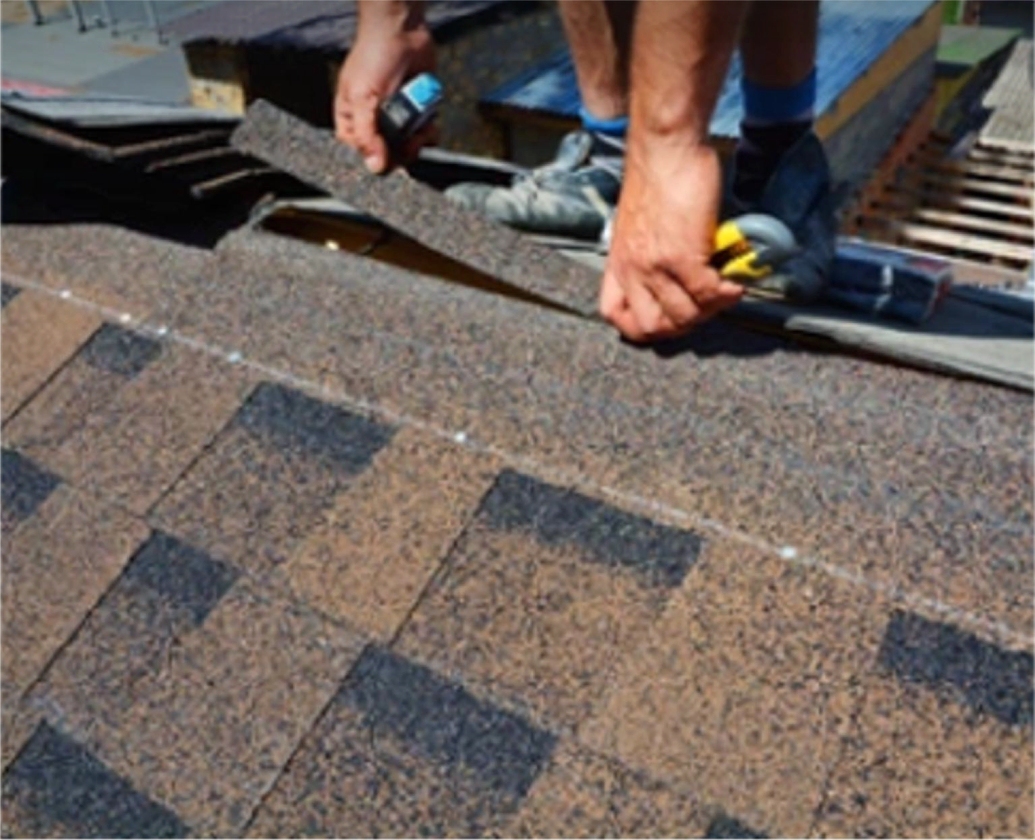
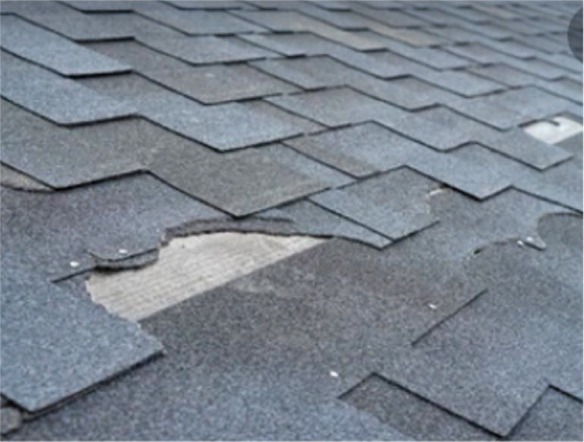

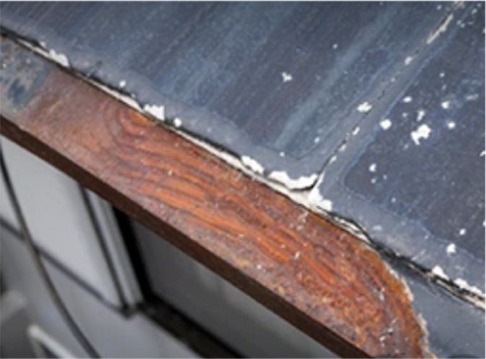


Damaged Tiles, Roof Leaks, Vent Pipe, and Lift & Relay
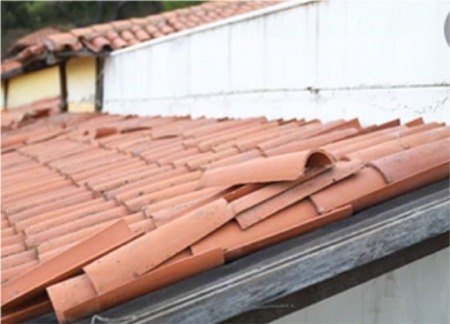
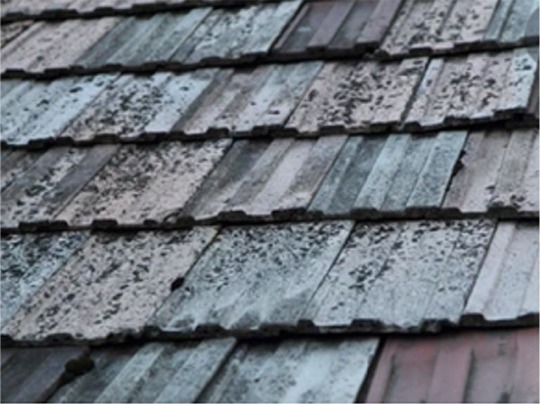
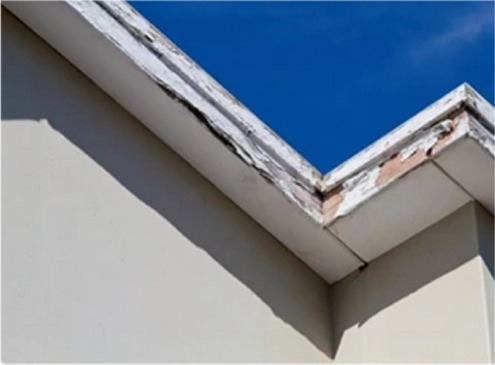

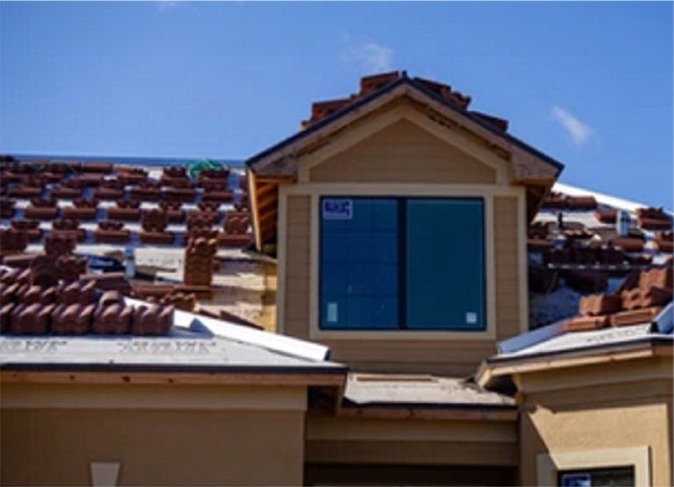
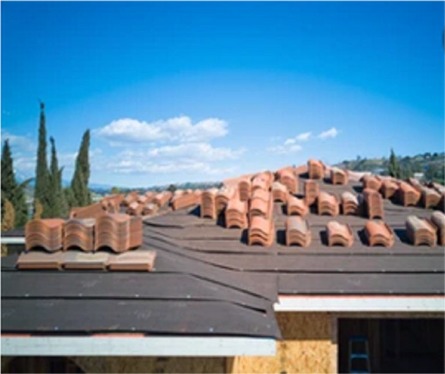

Replacing Tile Underlayment
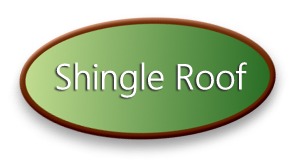




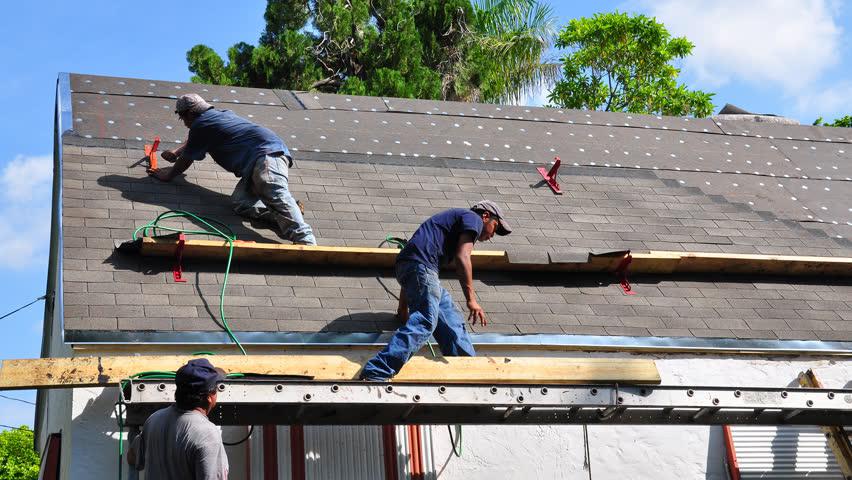
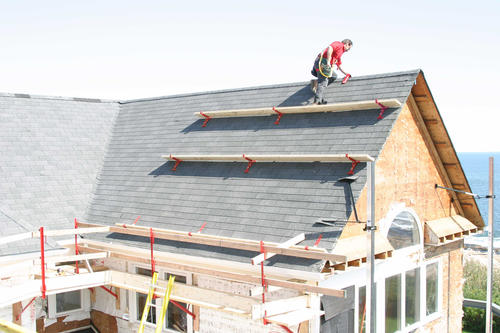
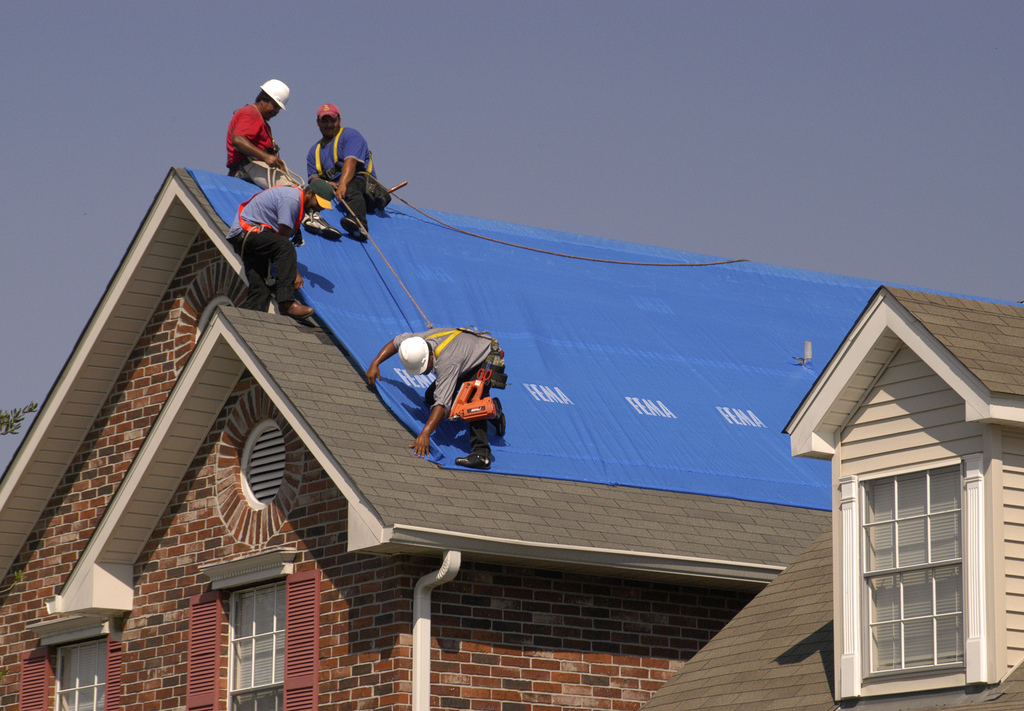




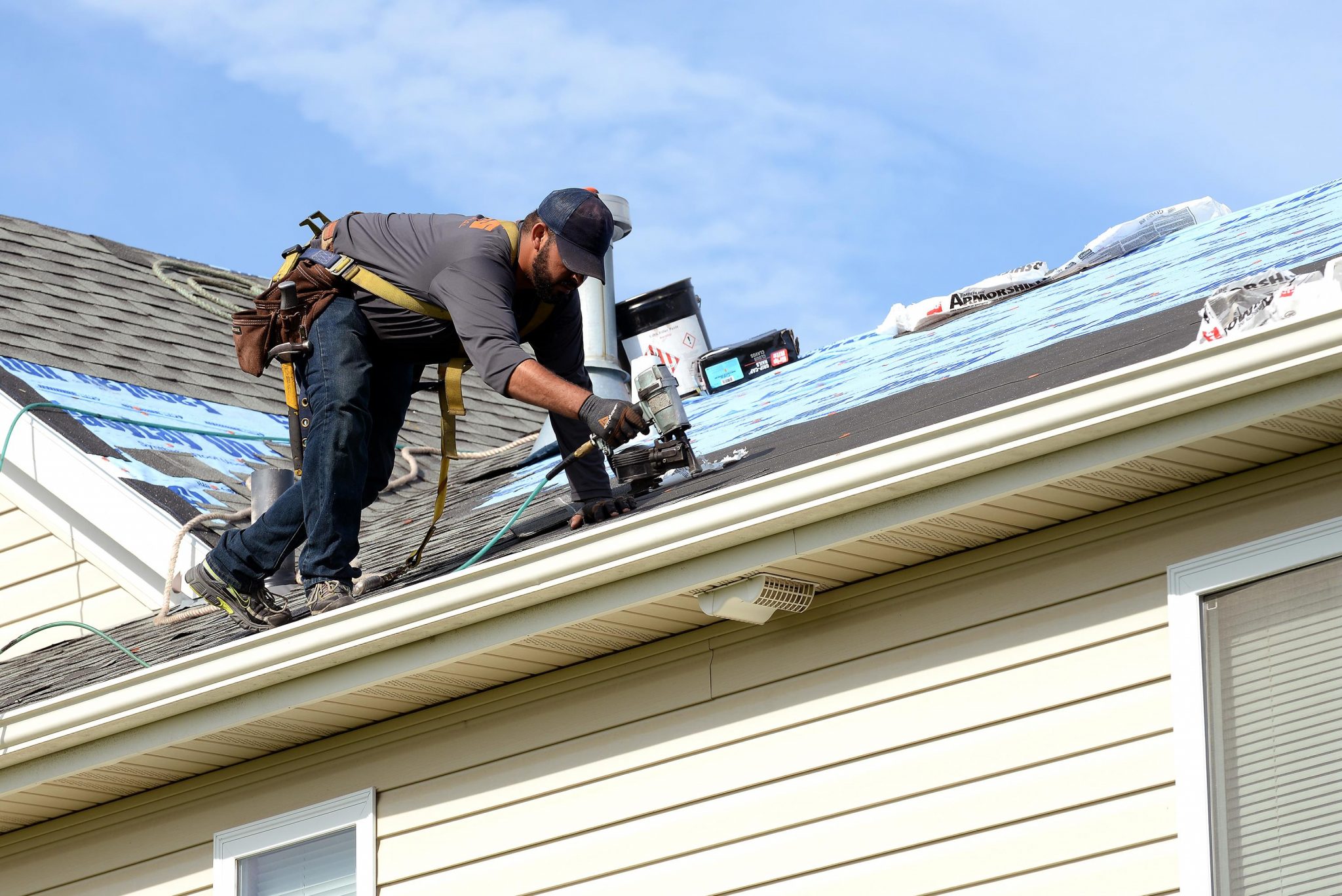


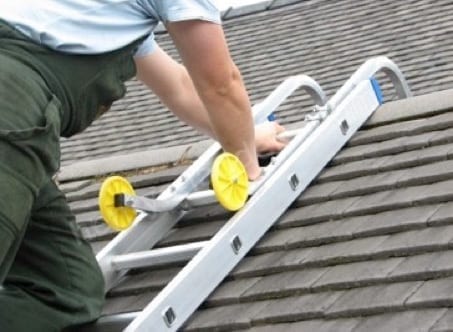


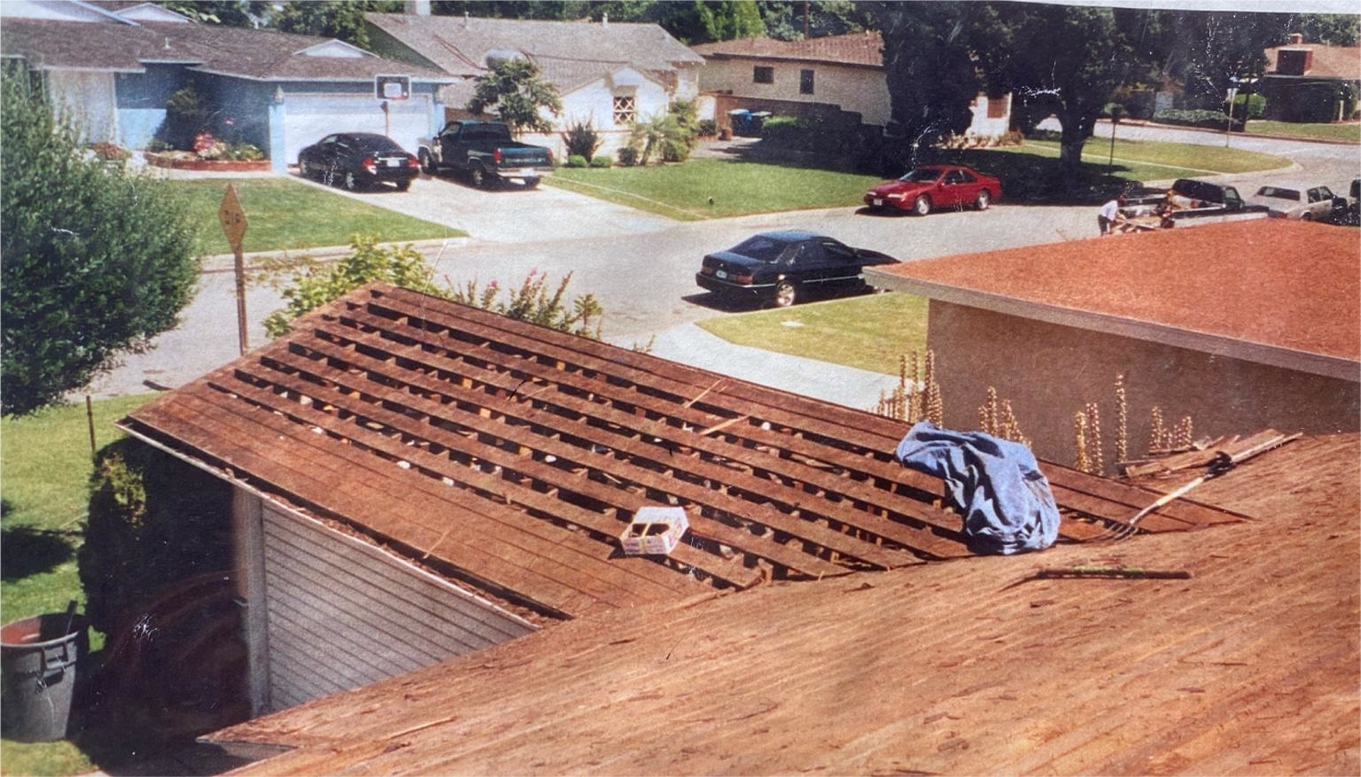
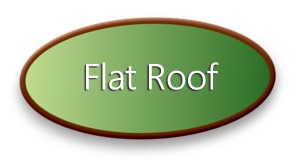


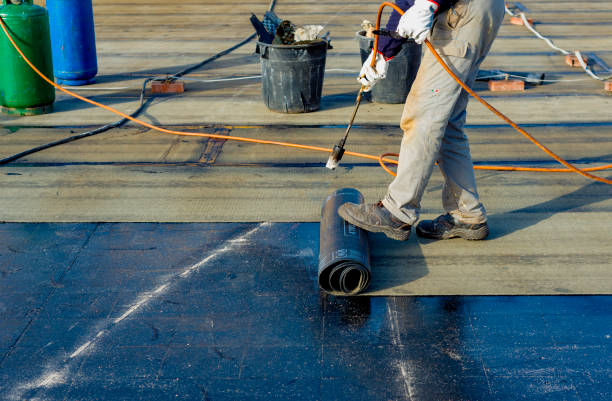
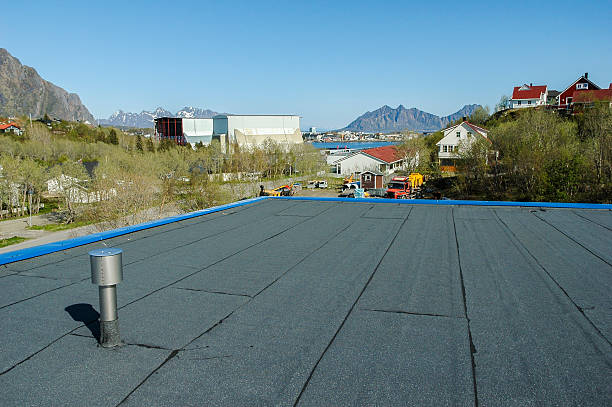
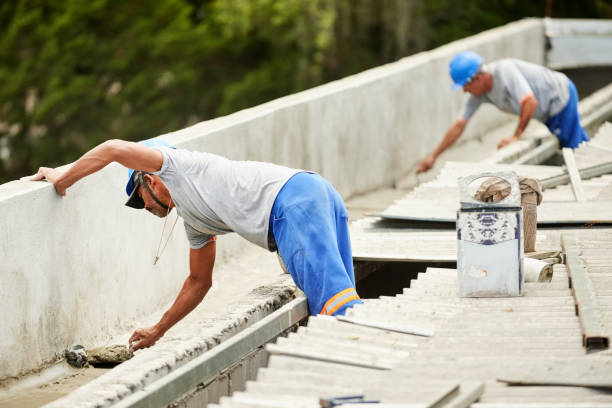
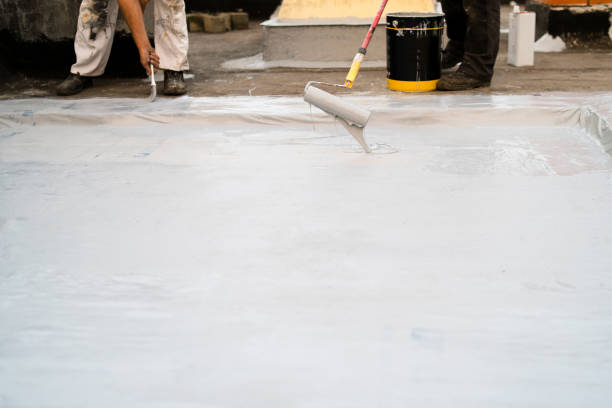
Complete Roof Replacement w/Underlayment
Replacing Tile Roof w/Underlayment
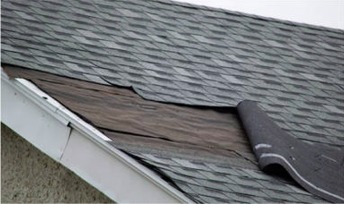

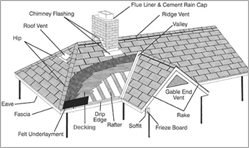
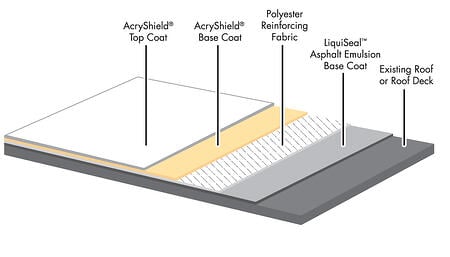
Waterproofing for Flat Roof Repairs
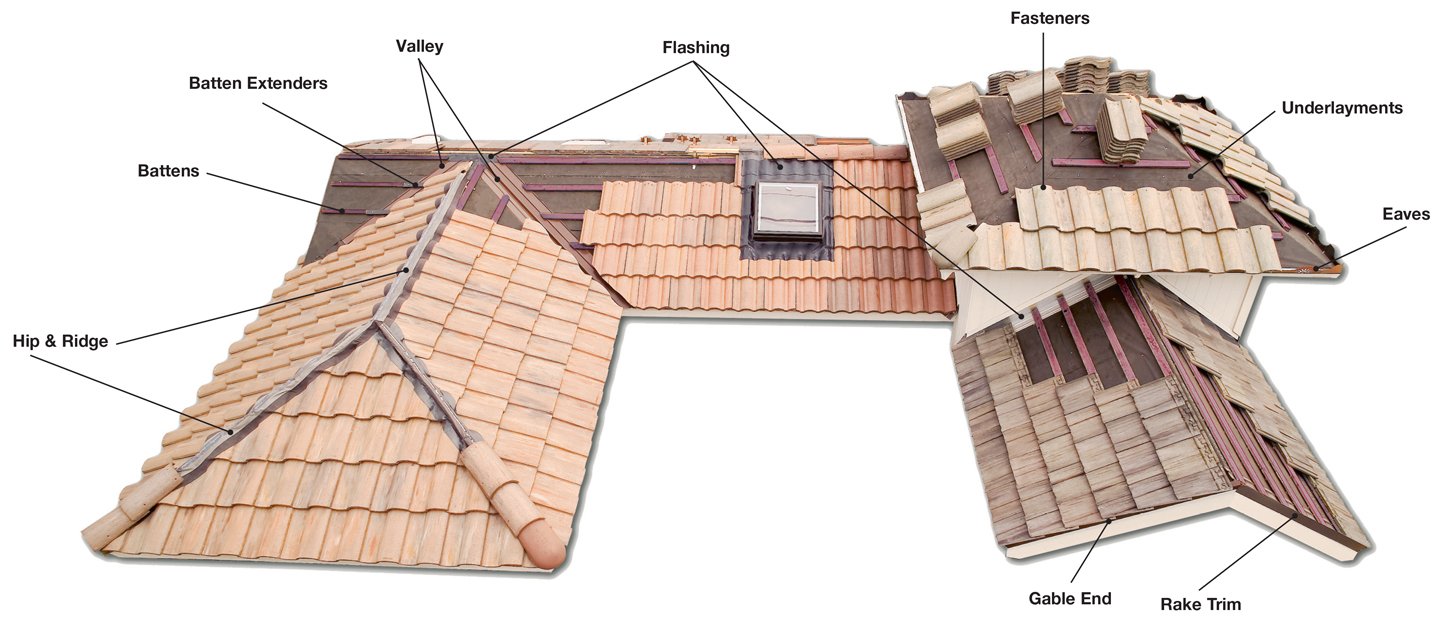
T

